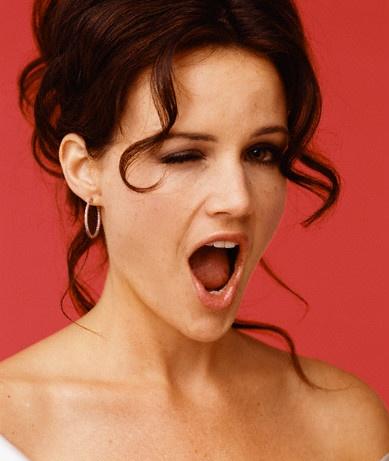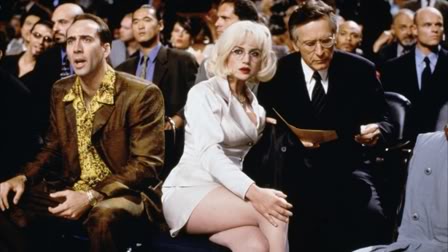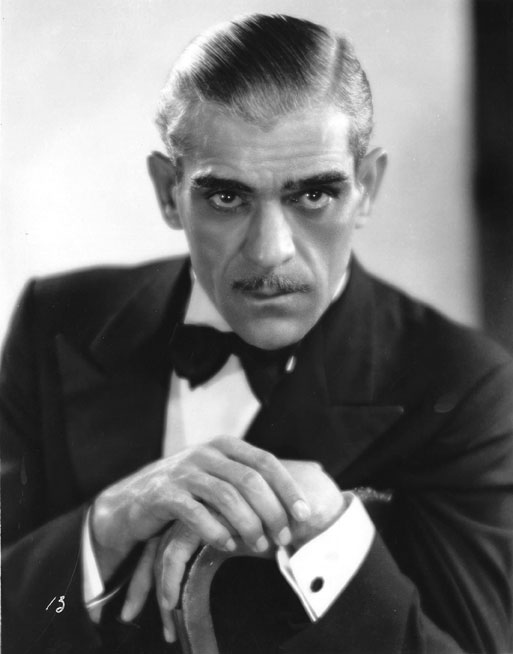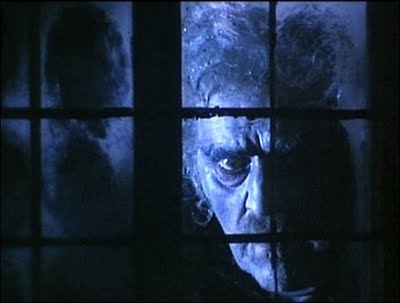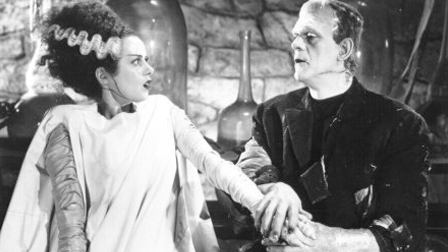Take Three: Michael Biehn
 Sunday, July 17, 2011 at 1:00AM
Sunday, July 17, 2011 at 1:00AM  Craig from Dark Eye Socket here with Take Three.
Craig from Dark Eye Socket here with Take Three.
The 1980s. Male. Character actor. Sci-fi. Aliens from deep, dark space and the deep blue sea and robots from the future. All under the tutelage of James Cameron. Today: It's Mr. Michael Biehn
Take One: The Terminator (1984)
It’s a good thing the T-800 didn’t find Sarah Connor any sooner than he did. He would’ve consequently deprived us of all that full-throttle Biehn action and indeed made The Terminator a very short movie, nay, franchise. (Found her! The end.) As the main man from future times, resistance fighter Sgt. Kyle Reese is electrically plonked down butt-naked from post-apocalyptic LA, circa 2029, to present-day 1984 to protect poor baffled Linda Hamilton. Biehn delivers a sturdy yet tender supporting turn. The Austrian Oak was obviously the big draw but this film triggered Biehn's signature part: the slightly wracked, occasionally cracked and often knackered hero.
Looking like a conspiracy-expounding tramp and armed with only a raincoat-concealed shotgun and an advantageous prescience, Biehn wastes no time finding his quarry. Hamilton and Biehn exerted sudden panic and impromptu connectivity believably together, making for an endearing sci-fi pairing. Of course this closeness stretched only nearly to the end of the first film, but their legacy reached further. As in Aliens, Biehn is particularly chivalrous with his female co-star. Of course his role dictates as such, but it appears to come from an uncommon aspect of Biehn’s own screen persona: it’s in the way he furtively expresses himself in the film’s calmer moments as much as when, elsewhere, he’s as blisteringly kick-ass as we’ve seen of him over the years. He’s a generous almost-leading man and a physically astute presence.

Take Two: Aliens (1986)
Next to Reese, Corporal Dwayne Hicks in Aliens is the part Biehn will likely be most fondly remembered for. He emerges from the hyper-snoozing throng of grunts aboard the Sulaco to be the chief military man to aid and abet our Ripley. Immediately he’s an amiable presence with his wry, room-pleasing comments
Looks like the new lieutenant's too good to eat with the rest of us grunts.
He's easy to warm to amid the nefariously hard marine banter. And when it comes to Ripley, he shoots downright puppyish looks her way at opportune moments throughout the film: he bats his eyelids at her.
 Aliens,
Aliens,  Michael Biehn,
Michael Biehn,  Sigourney Weaver,
Sigourney Weaver,  Take Three,
Take Three,  Terminator,
Terminator,  The Abyss
The Abyss 






